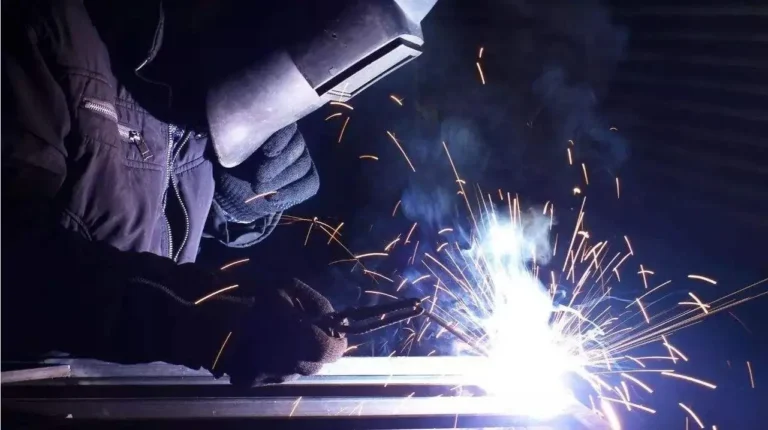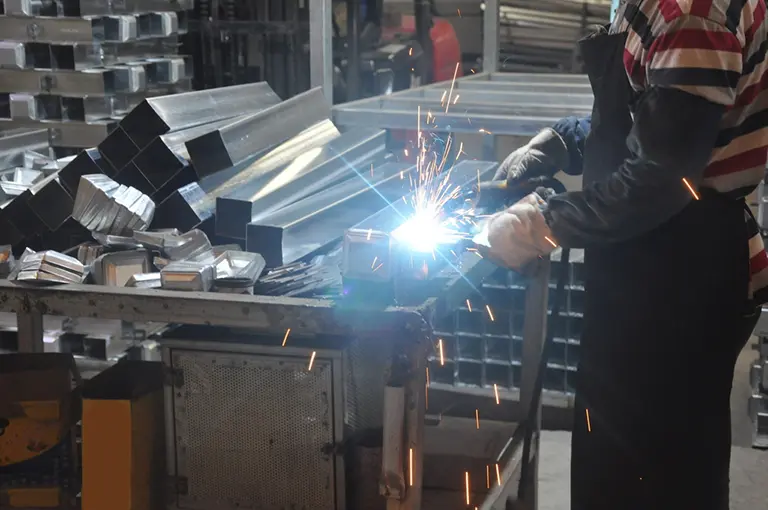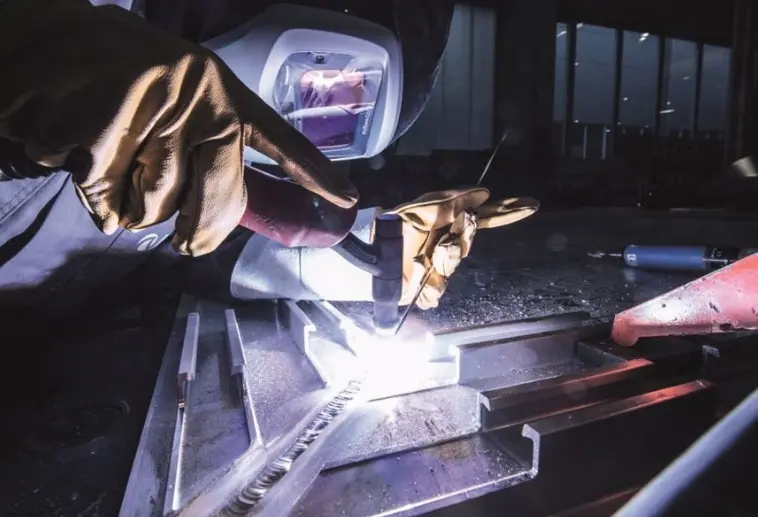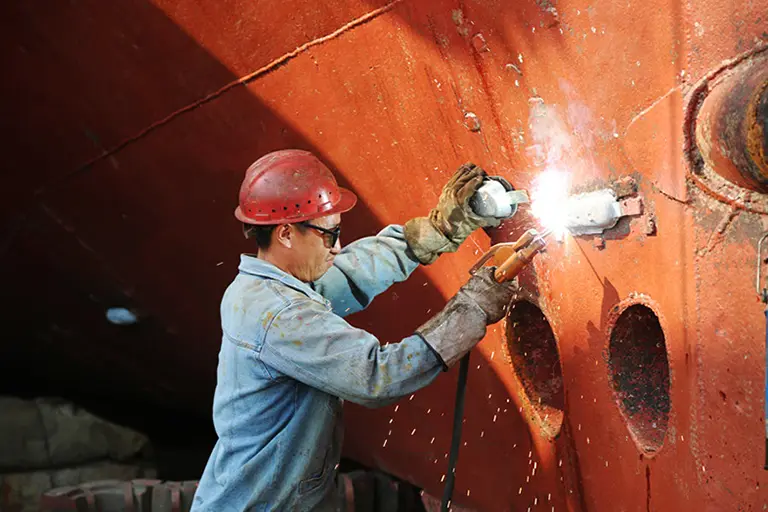How to choose the appropriate welding materials?

ALAND WELDING Let you feel the most sincere welding service
1、Consider the physical properties, mechanical properties and chemical composition of the weldment material
(1) When welding structural steel, the principle of equal strength is generally considered. and welding materials that meet the mechanical performance requirements of the joint are selected.
(2) For dissimilar steel welding joints between low carbon steel and low alloy steel. welding consumables corresponding to steel with lower strength grades are generally selected.
(3) For the welding of heat-resistant steel and stainless steel. In addition to considering the strength. It is also necessary to consider that the main chemical composition of the weld metal is close to the chemical composition of the base metal.
(4) When the chemical composition of the base metal contains high levels of harmful impurities such as carbon or sulfur and phosphorus. welding materials with stronger crack resistance should be selected. Such as low hydrogen welding materials, etc.
2、Consider the working conditions and performance of the weldment
(1) When the weldment is subjected to dynamic load and impact load. In addition to ensuring tensile strength and yield strength, it also has higher requirements for impact toughness and plasticity. At this time. low hydrogen welding materials should be used.
(2) When the weldment works in a corrosive medium, the medium type, concentration, working temperature and corrosion type (general corrosion, intergranular corrosion, stress corrosion, etc.) must be distinguished to select appropriate stainless steel welding consumables.
(3) When the weldment is working under wear conditions. It must be distinguished whether it is general wear or impact wear. Whether it is metal-to-metal wear or abrasive wear. whether it is worn at normal temperature or at high temperature, etc. Whether you are working in a corrosive medium should also be considered to select the appropriate cladding welding material.
(4) For weldments working at low or high temperatures, welding materials that can ensure low or high temperature mechanical properties should be selected.


3、Consider the complexity and structural characteristics of the weldment, welding joint type, etc.
(1) Weldments with complex shapes or large thickness are prone to cracks due to the large internal stress generated by the weld metal during cooling and shrinkage. Therefore, welding materials with good crack resistance must be used, such as low-hydrogen welding rods and high-toughness welding rods.
(2) For some joints with smaller grooves, or joints with strict root penetration control. Welding consumables with larger penetration depth or penetration capabilities should be selected.
(3) When certain welding parts are difficult to clean due to limited conditions. We should consider choosing welding materials that are insensitive to rust, scale and oil, such as acidic welding rods, to avoid defects such as pores.
4、Consider the spatial location of the weld
Some welding materials are only suitable for welding in a certain position and have poor welding effects in other positions. Some welding materials can be welded in various positions. The characteristics of the welding position should be considered when selecting.
5、Consider welding working conditions and operating environment
(1) Where there is no DC welding machine, welding materials for both AC and DC should be used.
(2) Some steels (such as pearlitic heat-resistant steel) require post-weld stress relief heat treatment, but when it cannot be performed due to equipment conditions or structural limitations, welding consumables with different chemical compositions from the base metal should be used (such as Austenitic stainless steel welding consumables), which can eliminate the need for post-weld heat treatment.
(3) Welding materials should be reasonably selected based on construction site conditions, such as field operations, welding working environment, etc.
(4) In places where both acidic and alkaline welding rods can be satisfied. In view of the high requirements for operating technology and construction preparation of alkaline welding rods, acidic welding rods should be used as much as possible.


6、Consider the economics of production
(1) On the premise of ensuring performance, try to use cost-effective welding materials.
(2) Different welding materials can be used for primary and secondary welds with different performance requirements. Do not pursue the comprehensive performance of the welding materials one-sidedly.
7、Consider welding efficiency
For structures with a heavy welding workload, high-efficiency welding materials, such as welding wires, iron powder welding rods, and efficient stainless steel welding rods, should be used whenever possible.





